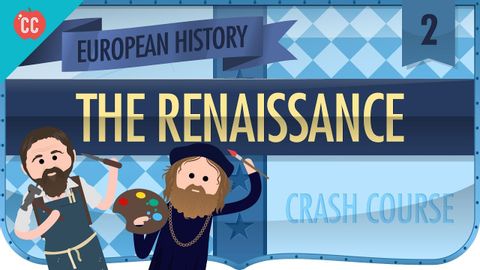
字幕與單字
佛羅倫薩與文藝復興。歐洲歷史速成班#2 (Florence and the Renaissance: Crash Course European History #2)
00
April Lu 發佈於 2021 年 01 月 14 日收藏
影片單字
political
US /pəˈlɪtɪkəl/
・
UK /pəˈlɪtɪkl/
- adj.對政治感興趣的;深思的;圓滑的;權宜的;政治上的;政治的;政權的;政黨的;政治意識形態的;出於政治動機的;政治敏感的
A2 初級中級英檢
更多 使用能量
解鎖所有單字
解鎖發音、解釋及篩選功能
